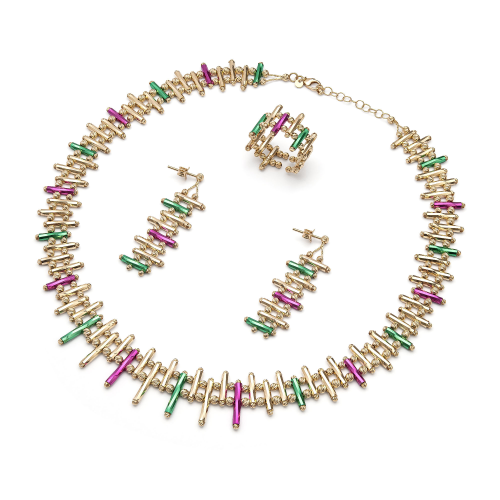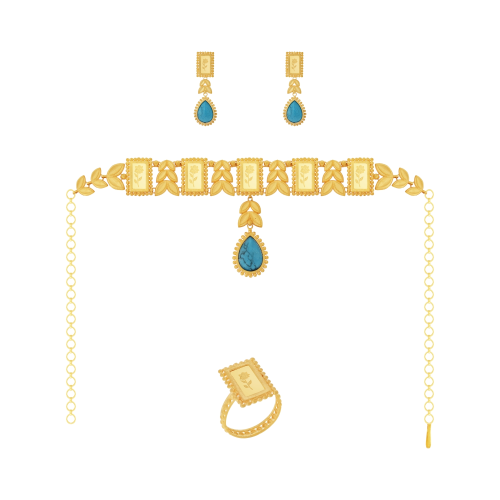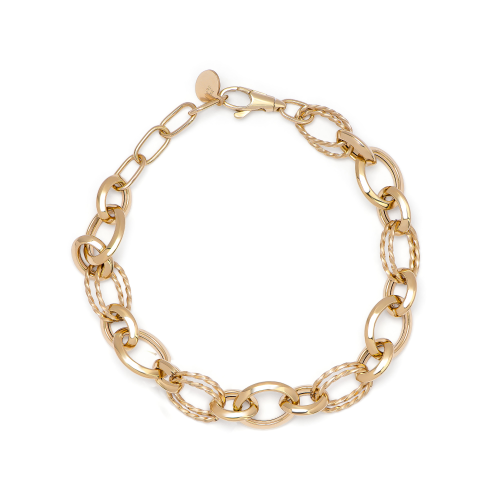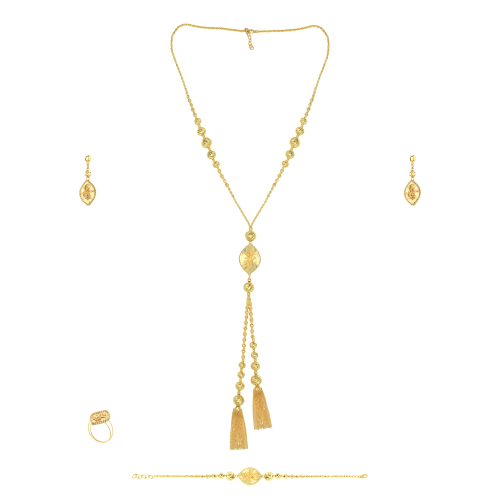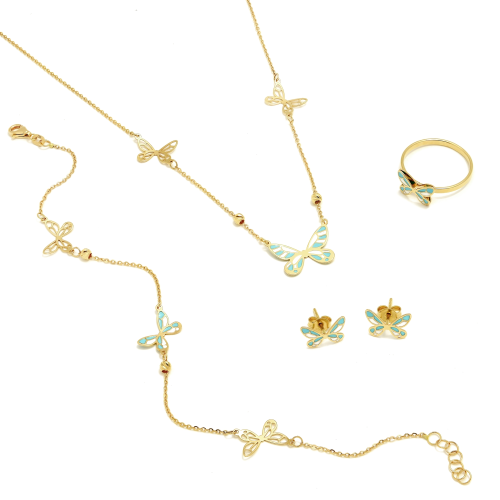An Overview of Traditional Body Chain History
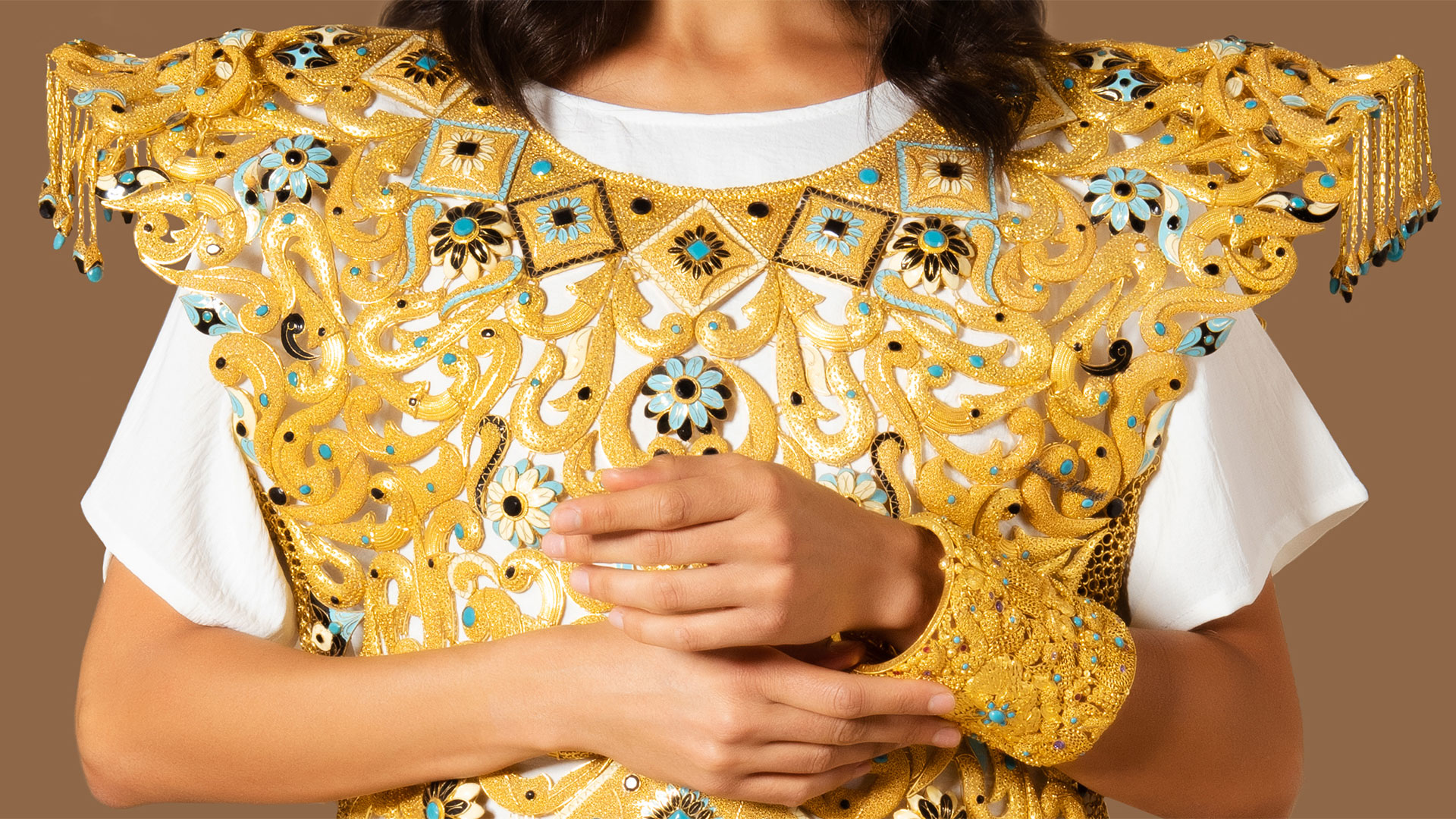
Like tree roots, body chains also possess a rich heritage that can be traced back hundreds of years. Human bodies have worn them throughout history, adding a touch of elegance, sensuality, and sometimes even a hint of danger. Cultures and societies are anchored to their traditions and beliefs by body chains, just as trees' roots anchor them to the earth.
Body chains have evolved and adapted from ancient Egypt to modern runways, but their allure remains the same. In this article, let's travel through time and explore traditional body chains' fascinating history.
A History of Body Chains: From Ancient Times to the Present
Check out this section to see how body chains have evolved and how people use them today.
- Ancient Body Chains
Ancient Egyptian, Greek, and Roman cultures used body chains as fashion and adornment. In these societies, body chains served many purposes, from practical to religious, and their materials and designs were often symbolic and culturally significant.
In ancient times, body chains were commonly worn by men and women. The ancient people used gold, silver, and precious stones, such as lapis lazuli and turquoise, to make body chains.
Often, body chains were designed to resemble collars, with multiple strands of beads and chains fastened around the neck. A pendant or charm would often hang from the chains extending down the chest.
- Medieval and Renaissance Periods
Fashion and adornment continued to be influenced by body chains during the Middle Ages and Renaissance. These societies, however, used materials and designs quite different from those of the ancient world.
Compared to ancient chains, these chains were typically thicker and more practical. With chains that draped across the chest or waist, they were often worn as functional accessories.
The Renaissance brought about the rise of ornate and decorative body chains. Intricate designs and motifs, such as flowers, leaves, and animals, were often engraved on them in gold or silver. Typically worn by women, these chains symbolized wealth and status.
Moreover, the most elaborate designs of body chains were reserved for the wealthiest members of society during the Middle Ages. While a symbol of femininity and beauty, body chains were often used to enhance the curves and contours of the female body during the Renaissance.
- 20th Century Body Chains
During the 1960s and 1970s, body chains saw a resurgence in popularity. As the hippie movement and the counterculture emerged during this period, they heavily influenced this resurgence.
To reject traditional norms of fashion and beauty, hippies often wore body chains. Body chains were popular as a way of adorning oneself in an unconventional and free-spirited manner.
During this period, body chains were often made from natural and organic materials like hemp, leather, and shells. And designs were often inspired by nature, featuring motifs such as leaves, flowers, and animals.
Furthermore, body chains also became popular in the punk and goth subcultures of the 1970s and 1980s. Many of these chains were made of metal, with industrial and edgier designs than hippie chains.
Over the end of the 20th century, body chains became popular in mainstream fashion. With metal chains and delicate designs, the materials and designs were often more contemporary and versatile enough to be worn with various outfits.
- Modern Fashion Body Chains
Modern times have seen body chains become a popular fashion accessory once again. Modern fashion's diverse range of styles and preferences is reflected in the materials and designs used in contemporary body chains.
These contemporary body chains may also be made of metal, leather, beads, or fabric. Various chains and other decorative items are available, from delicate and minimalist pieces to bold and statement pieces.
The cultural and social significance of body chains in modern fashion lies in the concept of self-expression and individuality. It is common for people to wear body chains to showcase their style and to make a statement. A popular choice for red carpet events and other high-profile events, they can also add a touch of glamour and sophistication to an outfit.
Body chains also symbolize body positivity and empowerment and their fashion-forward aesthetics. Wearing them can enhance different body parts in a flattering and empowering way for individuals of all shapes and sizes.
Final Words
With their long history and evolution with fashion trends, body chains have endured as timeless accessories. Like a chameleon, they have adapted the customs and cultures of ancient civilizations and continue to captivate the contemporary world with their versatility and allure.
Body chains have played an important role throughout history, from cultural practices to contemporary fashion trends. As materials and designs have evolved, body chains have symbolized personal expression, individuality, and empowerment. It is no wonder that body chains remain timeless and enduring accessories that enchant and inspire generations to come.
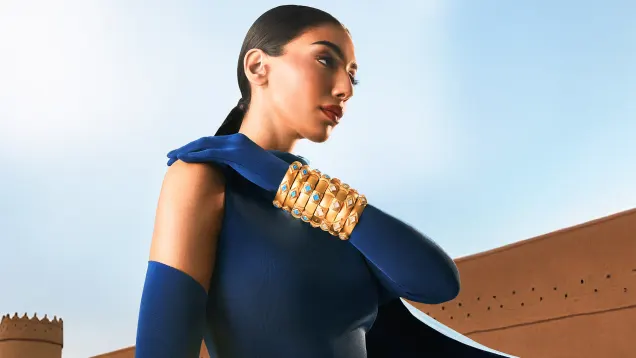
Our Promise
Fast shipping
Receive your jewelry in maximum 3 days.
Return guaranteed
Requesting a return is quick and easy.
Ethical Sourcing
Ethically Sourced Materials
Payments
Buy in the most convenient way for you.
